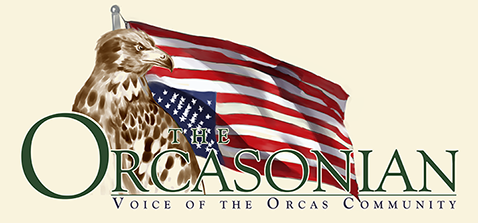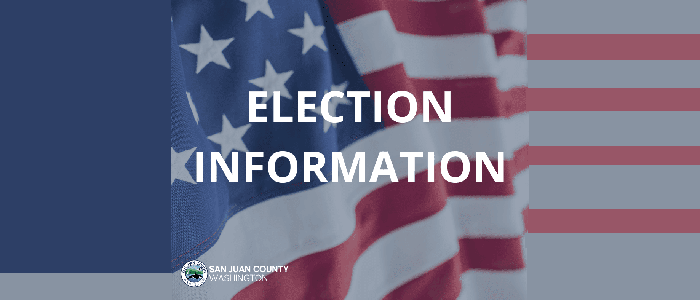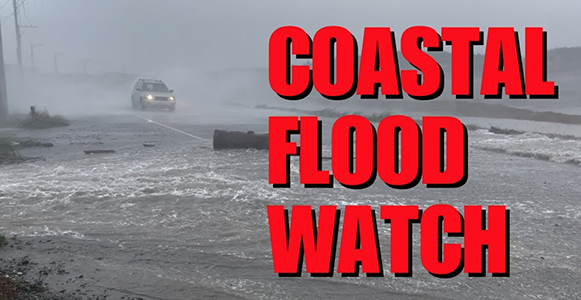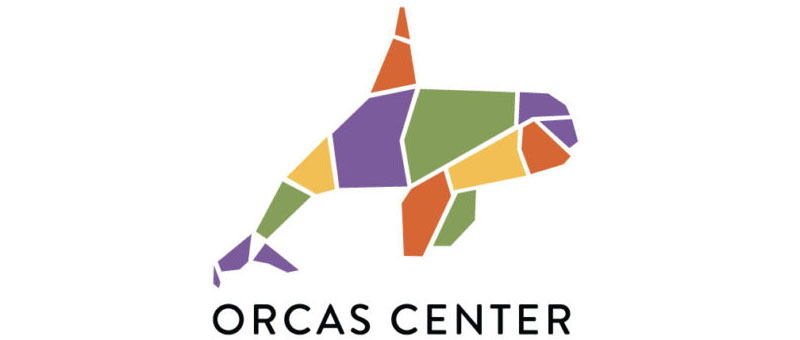||| FROM SCIENTIFIC AMERICAN |||
A total lunar eclipse is happening next week, visible across nearly all of North America and all of South America. It will start late the night of March 13 and continue into the wee hours of March 14. This will be the only lunar eclipse visible from North America this year. If skies are clear, go out and take a look!
How it works: Lunar eclipses happen when Earth is positioned smack dab in between a full moon and the sun. As the moon orbits Earth, it moves into Earth’s shadow, creating the stages of the eclipse. Phil Plait, our resident astronomer and columnist, has broken down the phases of a lunar eclipse: “Astronomers divide the eclipse into several stages. First contact is when the moon’s leading edge moves into the penumbra [outer part of the shadow]. Second contact is when the leading edge enters the umbra [the deepest part of the shadow]; this is also the start of the partial eclipse, when Earth’s shadow falling on the moon becomes obvious. Third contact is when totality occurs. Fourth contact is when the leading edge passes out of the umbra and becomes easily visible again, ending totality, and fifth contact is when the entire moon is fully out of the umbra. Sixth contact is when the moon leaves the penumbra and the eclipse is officially over.”Here’s the timeline (in EDT) of when to see the stages of the eclipse:
First contact: 11:57 P.M.
Second contact: 1:09 A.M. (partial begins)
Third contact: 2:26 A.M. (totality begins)
Fourth contact: 3:32 A.M. (totality ends)
Fifth contact: 4:48 A.M. (partial ends)
Sixth contact: 6:00 A.M.
During totality: When Earth is completely blocking the sun’s light from illuminating the moon, a strange thing will happen. Just like during a sunset or sunrise when the sun is low on the horizon, Earth’s atmosphere scatters blue light but transmits red light. So all the sunlight falling on the lunar surface is passing through the thickest part of Earth’s atmosphere, and the eclipsed moon will appear to turn an ominous red.
**If you are reading theOrcasonian for free, thank your fellow islanders. If you would like to support theOrcasonian CLICK HERE to set your modestly-priced, voluntary subscription. Otherwise, no worries; we’re happy to share with you.**








